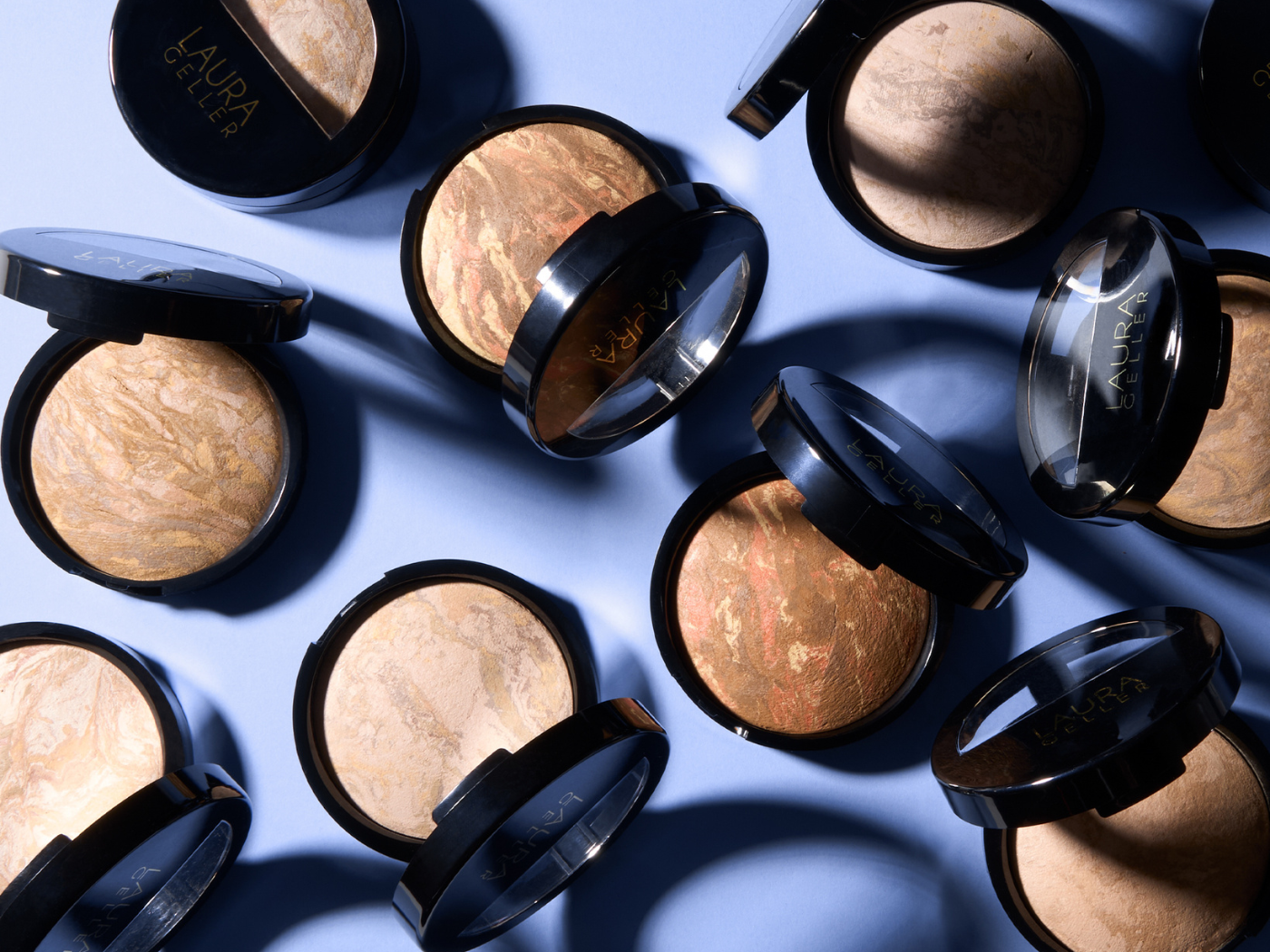For small-to-medium sized companies, reaching critical mass is more difficult than ever before. With the blurring of distribution channels and the homogenization of stores, retailing today is nothing short of well, in the words of Leonard Lauder, boring. Brands need to better navigate their distribution strategy, said Kelly Kovack, Principal of Brand Growth Management (BGM), a New York-based firm working with brands to position them for growth, financing and sale. Kelly, this week’s Expert Column contributor, calls out two brands doing distribution right, Julep and The Honest Co., and discusses how they’re controlling their brands’ destiny by upending the distribution paradigm.
Regardless of how well branded your company is or how efficacious the products are, at the end of the day success comes down to distribution: where is your brand being sold and how are you getting the product into consumers’ hands to generate the revenue necessary to run and build your business? This is a common denominator between the biggest of brands and the smallest of start-ups and without a well-thought out distribution strategy, you won’t have much of a business.
Developing winning distribution strategies is certainly not a clear-cut exercise. The blurring of distribution channels makes for a very real balancing act, timing is typically never in your control and the cost of doing business in traditional channels is an expensive proposition especially for small-to-medium sized brands. Retailers are getting into the brand game through acquisitions, co-branded, private label, and licensing deals are upsetting the Darwinian equilibrium and increasing competition for share of wallet. As if this isn’t enough, Leonard Lauder said in a recent WWD article what we have all been thinking: the progress of retailing in the U.S. is “boring”.
Over the past decade, design and style have democratized and stores have homogenized leaving consumers looking for a sense of discovery, energy and excitement once found at retail. So what’s a beauty brand to do? Go where the customer is and take the most direct route. Don’t rely on the traditional department store, specialty, dot.com and home shopping distribution matrix. Diversify and take control of your sales and own your consumer experience and engagement. I realize this is easier said than done, but there are two wildly successful companies that should have each and every one of us re-evaluating our distribution strategies and marketing budgets regardless of positioning or category.
Julep and The Honest Company ‘own’ the bulk of their distribution through vertically integrated approaches with traditional distribution outlets in the mix, but not as the core sales driver or distribution strategy. At their core, both of these companies have well-distilled brand positions and real DNA so they have a solid foundation from which to build meaningful consumer engagement from and revenue that sticks.
Julep has effectively translated the success of fast fashion through the lens of beauty with speed to market on new launches and a curated sense of discovery. Their ‘owned’ distribution strategy includes boutique nail salons, service memberships, a robust online experience, a subscription box and a version of flash sales.
The Honest Company has tapped into every parent’s desire to provide the best for their child. The power of Jessica Alba’s celebrity doesn’t hurt, but they’ve also shown up with products that are spot-on from design through to formulations. Their ‘owned’ distribution strategy includes a direct-to-consumer continuity program, membership pricing, exclusive deals and a robust website.
Both of these companies seem to be doing something right because rumor has it they are both on their way to becoming billion dollar beauty brands. So what do they have in common?
1. They’re laser focused on the consumer experience and think through each and every step from product design, transactional experience and more. They embrace the central idea that understanding what fulfills the consumer will keep them coming back.
2. They’re social brands and focus on creating opportunities at every turn for consumer engagement including sharing the brand/product experience.
3. They know who they are, who their customer is and they listen to what they’re saying and act on it. They’re not trying to be everything to everyone.
4. Their customers don’t just like them – they love them.Their commitment to the consumer has created the equity of emotional connection.
5. The foundation of their business model is built on carefully built direct-to-consumer channels, which were strong before entering more unpredictable traditional channels.
While both of these brands seem to have shifted the distribution paradigm in their favor from a margin and control perspective, there’s no question that a tremendous amount of capital was required to build their initial customer bases. While the investment required to execute a similar distribution strategy may be prohibitive for smaller brands, every brand, regardless of size, can and should make the consumer the center of what they do each and every day and at every touch point of their business.




